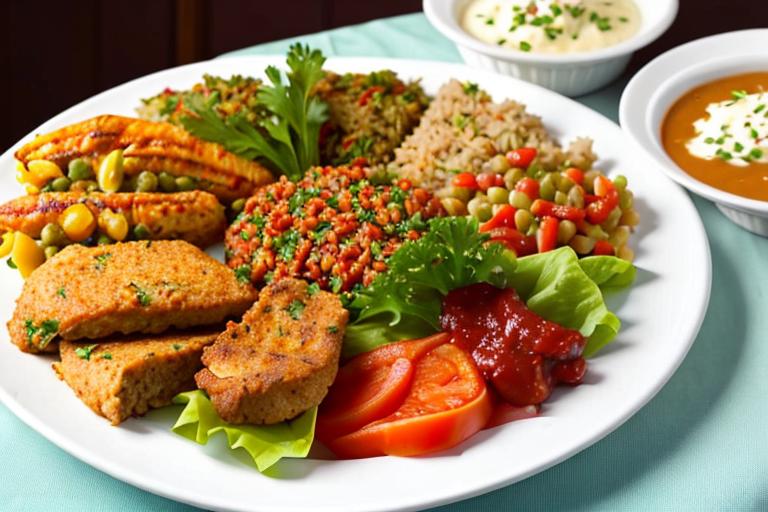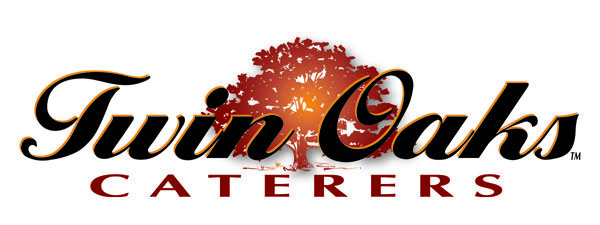One of the most challenging aspects when catering an event is keeping the food warm long enough before serving the guests. The taste and quality of food changes when it is served cold or at room temperature. It could also be unsafe to eat when it is kept at 40 degrees Fahrenheit or below as it could lead to food poisoning and an unpleasant experience for guests at the event. Leaving it cooking for hours or on heat after it is ready to eat could also lead to overcooking. In this article, we will be sharing with you a few tips on how to keep your catered food warm and not overcook it in the process.
Use insulated food containers
Insulated food containers can keep your food warm enough until guests are ready for it. There is a thermal barrier between the interior lining and the outside to prevent heat from escaping. Insulated food containers are either made of plastic or stainless steel with a vacuum seal in between their double walls to ensure food remains warm for a long time. The food in the container can stay warm depending on the quality of the insulation, ambient temperature, size of the container, and type of food. Ensure the food is packed tightly in the container and avoid opening it frequently to prevent heat loss.

We can provide you with the best catering services in New Jersey!
- Pre-heat your chafing dishes
Pre-heating the chafing dishes is essential as it enhances food safety and quality, presentation, and convenience. First, you need to fill the bottom with hot water and cover it with a lid for at least 10 minutes. You can then add your food once the chafing dish is hot to help maintain an ideal temperature before the food is served. Pre-heating chafing dishes helps to maintain the flavor, moisture, and safe temperature of the food, especially meat and poultry.
- Wrap food in foil
Aluminum foil offers good insulation because it contains heat and prevents it from escaping to the surroundings. When wrapping food using a foil, you need to ensure it is covered tightly with no holes or gaps. The shiny side of the foil should face the food and if possible, wrap it in multiple layers of foil to make it even more effective. You can place the foil-wrapped food in an insulated container or a cooler. If you will be transporting food from one location to another, you can place it in a warm place such as a heated cooler bag or on the floorboard.
- Use buffet servers with heat control
Buffet servers equipped with heat control settings provide a heat source that is not only consistent but also adjustable to ensure you don’t overcook your food. Different foods need different temperature settings to be kept optimally warm and safe. For instance, cooked vegetables can be maintained at a temperature of 135 degrees Fahrenheit while cooked meats at least 145 degrees Fahrenheit. With buffer servers that have heat control settings, you can set the temperature based on the specific needs of the food being served. They can also maintain the required temperature without overcooking or causing the food to lose its nutritional value.
- Monitor the food temperature closely
You can ensure that your catered food is cooked to the correct doneness by monitoring its temperature closely so, as not to overcook it in the process. Food can continue to overcook even after it is ready for serving because the heat coming from the center of the food can transfer to the outside. You can hold your food at a temperature above 140 degrees Fahrenheit to prevent the growth of bacteria. The best way to check food temperature is to use a food thermometer when cooking.
- Educate your catering staff on the same
If only a few or none of the staff know how to handle the food after it is ready for serving, it could be maintained at inconsistent temperatures, making the food unpleasant or unsafe to eat. You need to provide your catering staff with continuous training on food safety and demonstrate to them how you can use different types of food warmers. They also need to know how to check the food temperature regularly so it doesn’t overcook.
Keeping catered food warm and not overcooked it requires some patience, skill, and vigilance to ensure food safety, better quality, and customer satisfaction. You don’t want to overcook your food since it will be dry and less tasty. Keeping it at a temperature below the recommended levels could create a breeding ground for bacteria. To ensure your customers have a positive experience, you need to know how to use different types of food warmers and techniques to keep food warm and not overcook it.
